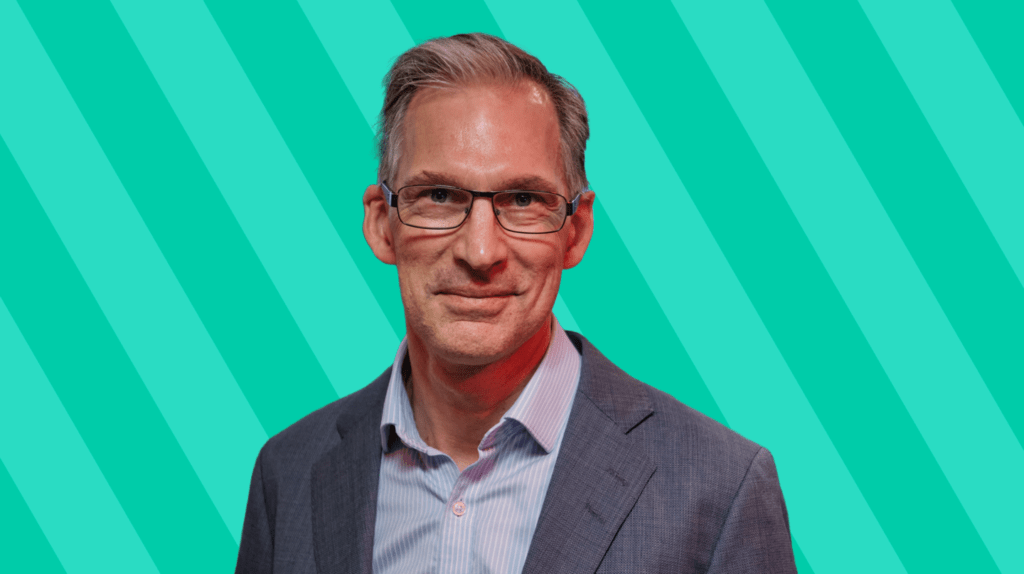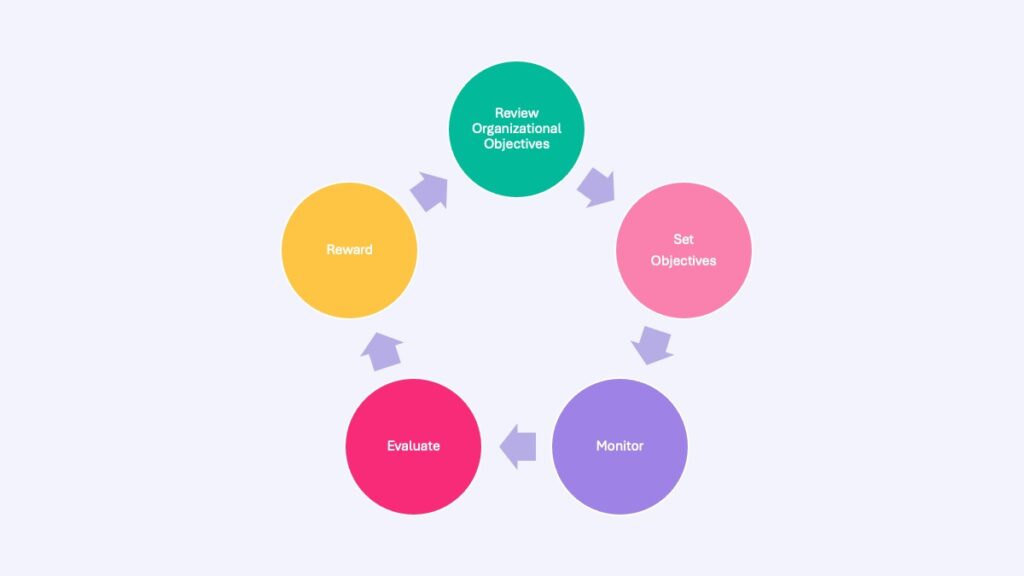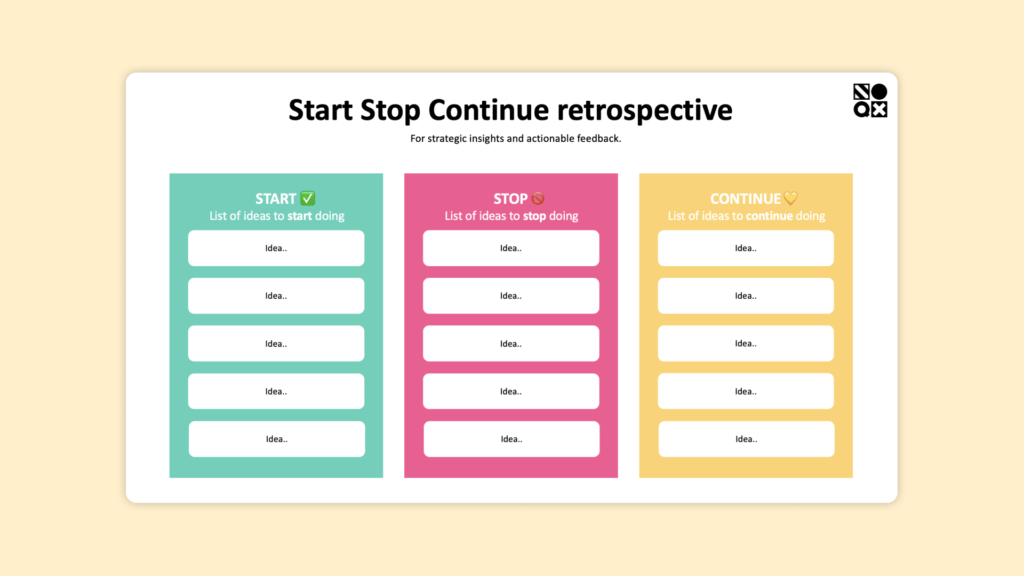Johan Oljeqvist, CEO of Fryshuset, tell me about yourself. Who are you?
I am a father of two boys and have dedicated the majority of my professional career to working within civil society. I am passionate about development.
Tell me about the company you work for, Fryshuset. What do you do there? And why did you start there in the first place?
We’re are an NGO based in Sweden with German roots, operating globally. Our main goal is empowering youth through physical and digital youth centers, creating a welcoming community where everyone feels included and free to be themselves. Our work spans across different areas, from running various schools to partnering with major sports clubs and organizing social programs. We cover everything related to young people’s lives, holding open meetings and implementing initiatives that make a positive impact.
And you are the CEO at Fryshuset, and before that you were the CEO at Myrornas?
I served as the chairman of the European network on recycling and worked with the Salvation Army trade company. Interestingly, I became the first known non-believer in God to be the CEO of the Salvation Army trade company. In this role, I revisited the core values established a century ago, operating successfully based on them. When the founder of Fryshuset decided to step down as CEO because the organization had outgrown him, they sought someone who could lead based on shared values. Our entire core is built on a set of values.
Why are values important to you?
For various reasons, establishing structures within an organization may seem straightforward, but defining its purpose is pivotal. It’s essential to answer the fundamental questions: Why do we exist, and what is our purpose? This applies regardless of whether the organization was formed to instigate change or arose from a need to consolidate and focus. Successful, long-term operations require a clear understanding of the “why.” Being in the NGO sector is a luxury because, more often than not, the organization’s reason for existence is the driving force. In our case, if the need for empowering young people diminishes, our existence shifts from a nonprofit to a holding company, necessitating the pursuit of a new business solution. While profit is a primary objective, our ultimate goal is the success of our target groups.
Can you summerize Fryshuset vison and mission?
Our vision and mission align seamlessly; we aspire to empower young people to change the world through their passions. After thoughtful consideration, we decided to merge the two, creating a highly practical and goal-oriented organization. We believe in taking decisive action, as constant analysis and prolonged deliberation would render us irrelevant in the rapidly changing landscape of youth engagement. Recognizing the need for constant adaptation, we’ve embraced the idea that our mission and vision must harmonize to remain effective.
Are you excited about the vision and the mission?
Yes! Although, it’s a challenging endeavor, aiming for young people to change the world. However, we find it both realistic and achievable; we witness it happening. While our vision and mission are something we can live and breathe, they are also exceptionally challenging. The crucial question we face is: How do we ensure that, even tomorrow, we continue enabling young people to change the world through their passions? It’s a meaningful pursuit that remains not just aspirational but operational as well.
How is it operational?
Our choice of words is deliberate, emphasizing that we don’t change the world for young people; instead, we make it possible for them. This distinction underscores our focus on empowerment. Empowering individuals to change the world is a distinct approach from changing it on their behalf. The term “passion” carries historical significance for us; it represents both the inner spark within every individual and the often undiscovered potential within others. Our work centers around fostering strengths and cultivating positivity, rather than fixating on problems. This philosophy guides us in pursuing visionary goals, with key indicators and success factors serving as our compass.
I understand the importance of the long-term vision, but do you also have specific, tangible goals for the current year? Are there concrete objectives or activities that contribute to achieving this vision, and how do you go about breaking down and pursuing these goals?
Absolutely, we operate within a goal-setting matrix, aligning with our organizational structure. Our approach involves working both from the grassroots level, starting with the youth, and from a strategic standpoint. During our strategic planning, we set long-term goals – currently, we have targets set for 2030. Following that, we undergo another strategic round to establish 10-year goals. These overarching goals guide our direction, and we then break them down into more tangible three to five-year objectives. Additionally, on a yearly basis, we integrate input from the ground up, with each of our approximately 70 operations setting their own goals. While we encourage autonomy, we ensure these individual goals align with our overarching national and global objectives. This dual approach, combining insights from within and without, has proven to be our most successful method – where global goals intersect with those directly derived from the needs and aspirations of young people, we consider those areas as points of our significant achievements.
How many employees are you? And if you would ask any employee; how would they perceive these goals and how would they explain them?
750 employees and a few thousands volunteers who are really important. They’d describe it differently as we embrace around 30 subcultures. Our approach is all about creating communities where young people feel a sense of belonging. If, for example, someone identifies as a young skateboarder, that becomes their community, and we shape our goals accordingly. So, our specific targets vary. However, I believe our managers and many staff members understand our long-term strategic goals and how they connect. Not everyone has to connect with all the goals, and we make a point of not overwhelming people. We give them what they need and what’s relevant to them.
So it’s a very decentralized approach. You give them a direction and then it’s up to them to set their goals?
Yes, and then there’s another aspect that adds complexity, particularly concerning our core values. Every employee, every individual I meet, I emphasize our unique structure and organizational approach. While we don’t operate with strict rules, we do have established ways of being. I make it clear that our values permeate everything. So, despite having structures and organizations, when you encounter a young person, if you find that what we’ve decided contradicts what the core values support, you’re encouraged to follow the values. We do have goals and planned structures in our organization, designed to guide us. However, we also consciously acknowledge when we deviate. It’s essential to allow ourselves this flexibility, preventing rigidity that can lead to blindness. We learned from our experience of setting goals five years ago without deviation, and now we consciously embrace flexibility.
What are the values that is overarching all of the goals?
In a nutshell, our organization is built on trust and love, not distrust. We approach our interaction with young people with love, providing them with empowerment and involving them in decision-making at every step. We value quick action and adaptability, allowing ourselves room for mistakes, prioritizing speed over absolute correctness.
Think of our approach like a door – not one that drags young people in but one that’s slightly open, inviting them to step in themselves. Here, there’s light, and everyone is welcomed. We hold a strong belief in everyone’s potential. Importantly, we work closely with young people whom others might find challenging, showcasing our commitment to responsibility, love, and action. These values aren’t just ideals; they are concretely reflected in our day-to-day practices.
What I’m getting is that your leadership style is focused on big ideas, setting goals together, and having strong values in your organization. You’ve been part of this for a long time. Have things stayed the same since the beginning, or have they changed? Can you tell me what’s different now compared to before?
When we began, my values were crucial. One key aspect is the organization’s values. As a leader, I believe I can only do a good job if my values align with the organization’s values. It’s a vital consideration for CEOs taking on new roles – ensuring that personal values match the organization’s values. It’s possible to work on something that doesn’t align with your values, but to excel, alignment is essential. In my 14 years here, I’ve had influence, and I wouldn’t have taken the job if the values weren’t already established. This was a priority for me when I joined. While the structures may not have been as developed, the existing values made it comparatively easy. It’s much more challenging to change or establish values than it is to build structures around them.
I can tell that you’re deeply involved in goal-setting. However, could you share any challenges you’ve faced in this process? What do you think could be improved in your approach to goal-setting?
Clarity. We’re cautious about providing too much direction or adopting a hierarchical management style. Striking a balance between trust, empowering individuals to make decisions, and offering peer guidance has been a constant struggle. There were times when our communication was unclear, causing confusion and uncertainty. Conversely, being overly direct hindered independent thinking and induced fear in some instances. Finding the right balance is essential – maintaining enough clarity without stifling creativity and autonomy, allowing everyone to bring their best to the table.
Do you have KPIs that help you track these goals?
Yes, we do have goals, like targets, for different parts of our work, around 70 operations. But right now, we’re making some big changes because the world around us has changed too. People seem more scared these days, so we’re making things clearer for everyone. We’re putting KPIs for our national plans and programs over the next three and ten years. This way, everyone can feel sure about what we’re aiming for. We’re careful about setting these goals – some need to be very clear, while others might not need that much detail. It depends on what we’re doing. But, overall, having goals helps us know why we’re working and when we’ve done a good job.
And does Fryshuset reach these goals?
We achieve most of our goals, although there are times when we fall short. We’re quick to identify what went wrong and make adjustments – here, we often use the term “course correction.” Our primary goal for many years has been to reach more young people, and as we mark our 40th year, we can proudly say we’ve consistently grown. In the past four years alone, we’ve evolved from nothing into one of Sweden’s largest organizations, tripling our operations. When I say “triple,” I mean more young people are choosing to be a part of what we do. This ongoing growth is a clear indicator of our success.




